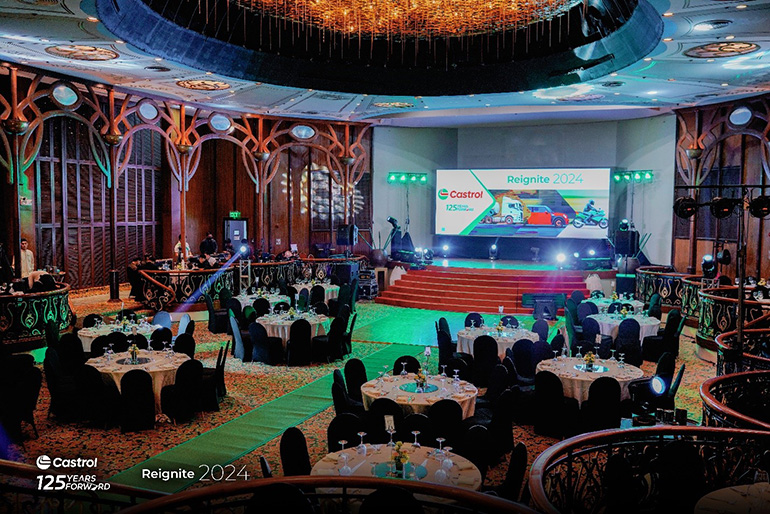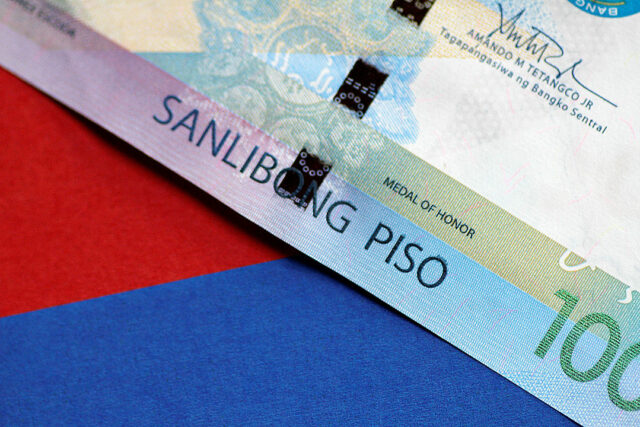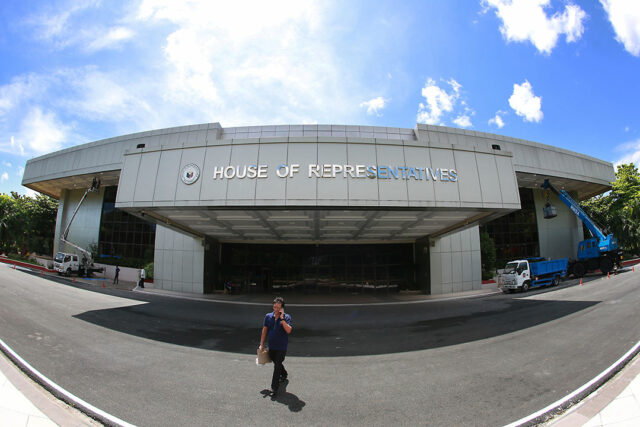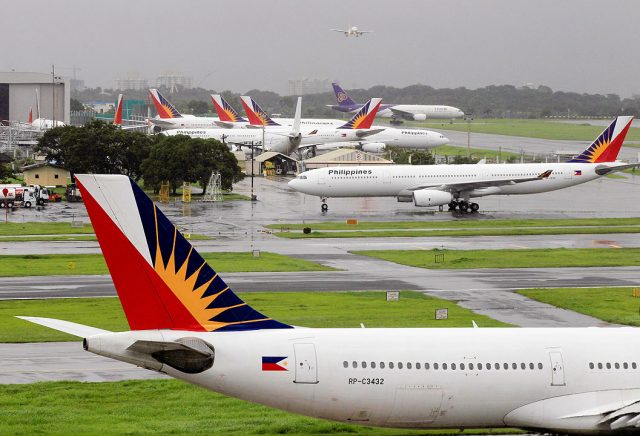Castrol distributor holds 2024 Reignite Event
North Trend Marketing Corp. (NTM), the master distributor of Castrol in the Philippines, held its 2024 Reignite Event at Manila Hotel last July 6, 2024.
The event was attended by Castrol executives, NTM Executives, partners, stakeholders and Castrol Key Opinion Leaders. The event aims to reintroduce Castrol’s new branding, from packaging to its future plans.
 The program kicked off with the opening remarks of Chief Operating Officer Ronald Ang. His opening remarks focused on the importance of overseeing change, and discussed certain external factors that might affect the growth of business. He also tackled the reason for the need to change and be ready for any circumstances. He also emphasized that Castrol will always look for long-term solutions and always move forward not only on the innovation of the products but also improve commitment towards partners with what Castrol offers.
The program kicked off with the opening remarks of Chief Operating Officer Ronald Ang. His opening remarks focused on the importance of overseeing change, and discussed certain external factors that might affect the growth of business. He also tackled the reason for the need to change and be ready for any circumstances. He also emphasized that Castrol will always look for long-term solutions and always move forward not only on the innovation of the products but also improve commitment towards partners with what Castrol offers.
 The program proper began with the launching of Castrol Reignite. This was conducted by the Growth Unit Manager of Castrol Asia Pacific, Marlina Kamaruddin. She started with featuring the milestones of Castrol for the past 125 years and what Castrol changed for the lives of our community. She also covered the top facts about Castrol like the involvement of the brand to the space industry. She is also proud that Castrol is now serving over 150 countries around the world. Another thing that Marlina was proud of is that Castrol is touching 200,000,000 customers all over the world.
The program proper began with the launching of Castrol Reignite. This was conducted by the Growth Unit Manager of Castrol Asia Pacific, Marlina Kamaruddin. She started with featuring the milestones of Castrol for the past 125 years and what Castrol changed for the lives of our community. She also covered the top facts about Castrol like the involvement of the brand to the space industry. She is also proud that Castrol is now serving over 150 countries around the world. Another thing that Marlina was proud of is that Castrol is touching 200,000,000 customers all over the world.
Next presenter was Castrol Vice-President for Castrol Asia Pacific Mike Zhi Qiang Zhang. His presentation tackled the long-term strategic success which they oversee an opportunity for Castrol product lines. He emphasized that by 2040, engine oil will still be one of the major important factors for a vehicle, an increase on Marine market services with a forecast of 2% per annum growth. He also discussed that Castrol is now boosting its effort for industrial by an expected growth of 3% per annum by 2030. Lastly, he ensured that Castrol is matching new technologies by putting renewable energy to its effort.
The program moved to PH Market Liason for Castrol Allan Cinco. He defined some changes with Castrol. First is a fresh and modern branding of Castrol, which is congruent to the changing needs of Castrol customers; a little change on the tone but not a stranger to Land, Sea, Air and Space challenges. Allan ended his presentation by a statement of Forward to a Stronger partnership. Castrol will help its commercial customers with their sustainability goals related to energy, waste and water, accelerating progress, onward, upward and forward with Castrol.
 Final presenter for 2024 Reignite event was the Sales Director for Castrol-NTM, Grace Lao-Torrejas. Her discussion focused on the connection of Gen Z to the market as they make up 27% of the workforce. Also, Ms. Lao-Torrejas centered the discussion on the usage of Gen Z of social media, in which the Philippines ranked first with the highest social media usage rate of 60%. As a future customer, they are highly opinionated with high likelihood of “cancel culture” if brand issues are not properly attended. Ms. Lao-Torrejas also shared that Asian Gen Z, despite their objection, are forgiving and might support the brand again so long as the brand’s promise is lived by. The presentation concluded on Castrol being equipped on these changes in the market and is ready to move forward.
Final presenter for 2024 Reignite event was the Sales Director for Castrol-NTM, Grace Lao-Torrejas. Her discussion focused on the connection of Gen Z to the market as they make up 27% of the workforce. Also, Ms. Lao-Torrejas centered the discussion on the usage of Gen Z of social media, in which the Philippines ranked first with the highest social media usage rate of 60%. As a future customer, they are highly opinionated with high likelihood of “cancel culture” if brand issues are not properly attended. Ms. Lao-Torrejas also shared that Asian Gen Z, despite their objection, are forgiving and might support the brand again so long as the brand’s promise is lived by. The presentation concluded on Castrol being equipped on these changes in the market and is ready to move forward.
Spotlight is BusinessWorld’s sponsored section that allows advertisers to amplify their brand and connect with BusinessWorld’s audience by publishing their stories on the BusinessWorld Web site. For more information, send an email to online@bworldonline.com.
Join us on Viber at https://bit.ly/3hv6bLA to get more updates and subscribe to BusinessWorld’s titles and get exclusive content through www.bworld-x.com.





















